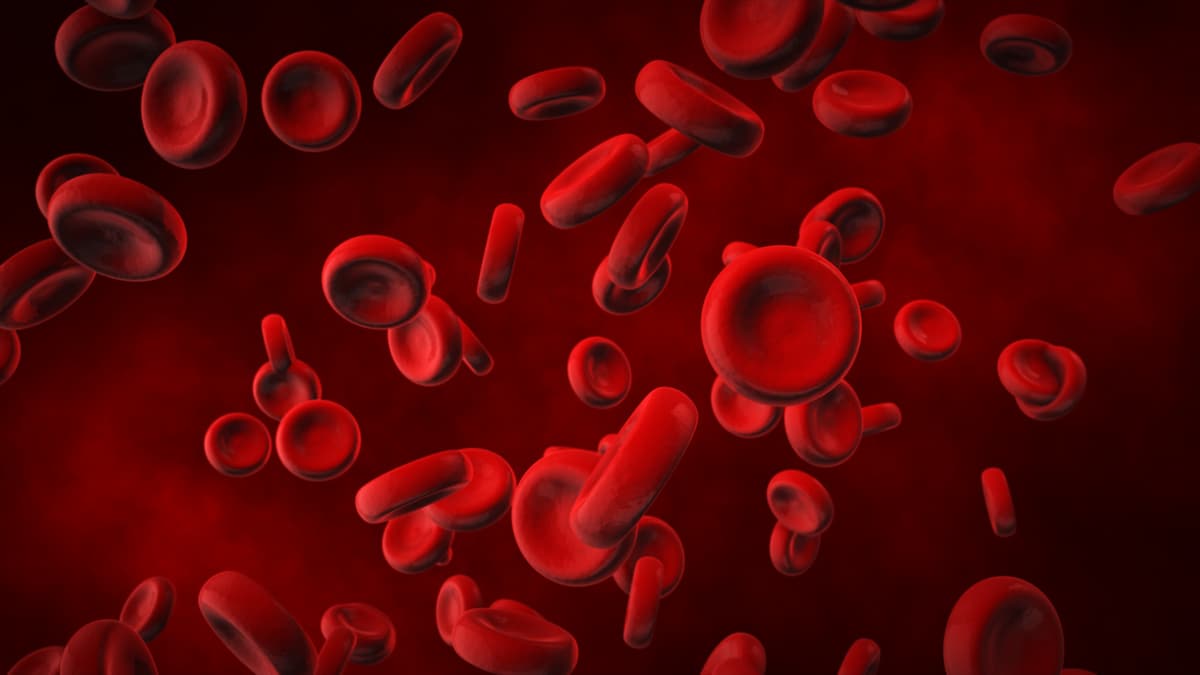NX-2127 Has Meaningful Activity, Safety in R/R B-Cell Malignancies
Treatment with NX-2127 leads to clinically meaningful activity in heavily pretreated chronic lymphocytic leukemia, according to results from the phase 1 NX-2127-001 trial.
“NX-2127 had a manageable safety profile that was consistent with previous reports of BTK-targeted and immunomodulatory therapies and treatment with NX-2127 resulted in encouraging and durable responses in a heavily pretreated patient populations including patients with BTK resistance mutations in both non-Hodgkin lymphoma and in CLL,” according to Alexey Danilov, MD, PhD.

Clinically meaningful efficacy and tolerability were achieved with NX-2127 as a therapy for those with relapsed/refractory B-cell malignancies, according to data from the phase 1 NX-2127-001 trial (NCT04830137) presented during the 2023 American Society of Hematology (ASH) Annual Meeting and Exposition.
“NX-2127 had a manageable safety profile that was consistent with previous reports of BTK-targeted and immunomodulatory therapies and treatment with NX-2127 resulted in encouraging and durable responses in a heavily pretreated patient populations including patients with BTK resistance mutations in both non-Hodgkin lymphoma and in CLL,” study author, Alexey Danilov, MD, PhD, associate director of the Toni Stephenson Lymphoma Center and Professor in the Division of Leukemia, Department of Hematology & Hematopoietic Cell Transplantation at City of Hope, said in a presentation of the data.
Findings showed that NX-2127 exhibited dose-dependent pharmacokinetics and had a mean half-life of 2 to 4 days among all patient cohorts. Additionally, NX-2127 led to “rapid, robust and sustained BTK degradation,” as well as biologically-relevant degradation of Ikaros regardless of patients’ absolute BTK starting level, tumor type or dosage.
The first-in-human, multicenter, open-label trial included a dose-escalation portion (phase 1a) and cohort expansion (phase 1b) is evaluating the safety and preliminary efficacy of NX-2127 in patients with relapsed/refractory CLL or SLL (n=29), diffuse large B-cell lymphoma (DLBCL; n=5), follicular lymphoma (FL; n=2), mantle cell lymphoma (MCL; n=5), marginal zone lymphoma (MZL; n=3), and Waldenstrom’s macroglobulinemia (WM; n=3).
Study participants underwent a median of 4 lines of therapy (range 2-10) in the non-Hodgkin lymphoma (NHL) cohort, and 5 lines of therapy (range, 2-11) in the CLL group.
All patients with CLL had prior treatment with a BTK inhibitor; 76% had treatment with a BCL2 inhibitor, with many patients with CLL exhibiting BTK inhibitor resistance mutations at baseline. In the NHL cohort, 72% had prior BTK inhibitor therapy, while 1 patient each underwent treatment with a bispecific antibody and CAR-T cell therapy.
“NX-2127 produces clinically meaningful activity in heavily pretreated patients with CLL and may be able to address the emerging medical need for patients with CLL who have driver mutations and limited therapeutic options,” Danilov said.
The dose expansion phase 1a trial used a 3+3 escalation model to investigate oral NX-2127 at 50, 100, 150, 200, and 300 mg doses. The phase 1b select cohort expansion is evaluating the drug at the 100 mg dose for patients with CLL/SLL (n=40); 300 mg for MCL (n=20); and 300 mg in DLBCL and Waldenstrom’s macroglobulinemia (n=20).
Among patients with chronic lymphocytic leukemia with evaluable data (n=27), there were 9 partial responses (PR)/PR with rebound lymphocytosis. Also, 12 patients had stable disease (SD) at the time of data cutoff, and 4 had progressive disease (PD). At the September 15, 2023 data cutoff, the objective response rate (ORR) was 40.7%, and treatment was ongoing in 13 patients.
There were two patients with Waldenstrom’s macroglobulinemia whose patient data was available: 1 had SD and 1 had PD.
In the non-Hodgkin lymphoma cohort, there were 2 rapid (8-week) CRs that were ongoing at 9.2 and 11.8 months, and 1 PR. Three patients had SD and 5 experienced PD.
Dose-expansion cohorts for patients with non-Hodgkin lymphoma have been initiated at the 300 mg dose.
There were 2 dose-limiting toxicities on the trial: one from a patient with CLL who had a previously reported cognitive disturbance, and the other in a patient with MZL who experience neutropenia. Both patients were treated at the 300 mg dose.
The most common any-grade treatment-emergent adverse events (TRAEs) were fatigue (48.9%), neutropenia (42.6%) and hypertension (36.2%). The most common grade 3 or higher TRAEs were neutropenia (38.3%), hypertension (14.9%), and anemia (12.8%). Contusion was reported in 27.7% of patients (all below grade 3), atrial fibrillation in 12.8% of patients (6.4%).
Among patients who discontinued treatment with NX-2127, the most common reasons were: progressive disease (PD, 25.5%), and AE (21.3%). Median follow-up for the study was 9.5 (range 0.1-24.3) months.
Reference
Danilov A, Tees MT, Patel K, et. al. A First-in-Human Phase 1 Trial of NX-2127, a First-in-Class Bruton's Tyrosine Kinase (BTK) Dual-Targeted Protein Degrader with Immunomodulatory Activity, in Patients with Relapsed/Refractory B Cell Malignancies. Blood (2023) 142 (Supplement 1): 4463. https://doi.org/10.1182/blood-2023-179872